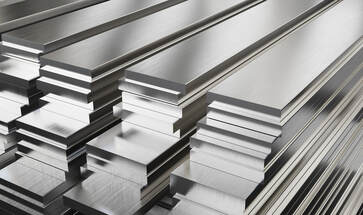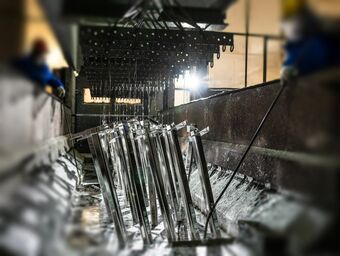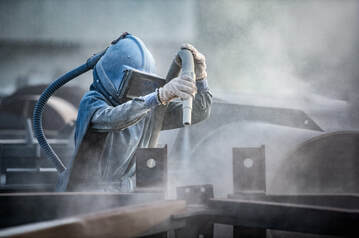 If your next project calls for stainless steel, it is essential to know the differences between 304/304L and 316/316L and why you may need one over the other. There is a myriad of stainless steel alloys to choose from, but these two are the most widely used. Stainless Steel Stainless Steel is a widely used and recognized product. You may have SS appliances throughout your home. Your BBQ grill may be a combination of stainless and carbon steel materials. Perhaps you have SS jewelry. The applications for stainless steel are endless, and understanding the difference between the most commonly used 304 and 316 stainless will guide you in your next project. Many people ask, do you carry stainless steel structural materials? Are all the same materials like square tubing, beams, angles, etc. available too? Yes, Spirit Metals offers carbon and stainless steel products in the specific alloys you need for your project. We provide creative solutions when you are looking for something that is not standard, allowing you to complete your project to spec. Stainless Steel 304/304L 304 and 304L are nearly identical in their composition. However, there is one key difference between the two. 304 Stainless steel has a maximum carbon content of 0.08% and has more chromium. However, your plans may call for 304L and so it is crucial to understand why your customer is asking for it. 304L is a variation of 304, with a maximum carbon content of 0.03% which aids in the elimination of carbide precipitation that occurs during welding. So if your plans or your customer specifically ask for 304L, it is likely that they are going to be welding the material and therefore want the least amount of toxicity that occurs during the welding process. But there could be any number of reasons beyond that, so just understanding that there is a difference matters most. Stainless Steel 316/316L 316 and 316L have similar guidelines as 304/304L. In 316 stainless steel, you have a mid-range of carbon content, and 316L has the same .03% as 304L, that is ideal for welding applications. But there is a distinct difference between 304 and 316. While both alloys have excellent corrosion resistance, you want to be wary of using 304/304L in a marine or salt air environment. 316/316L has a higher nickel content which helps fight off corrosion. This alloy is ideal in and around a marina and areas with salt air. Here in Florida, boat owners, marinas, and homes close to the coastline use 316/316L this over 304/304L for longevity. The life span of stainless steel over standard or galvanized steel is significant because of the metallurgical composition. Standard carbon steel, untreated is prone to pitting at a much faster rate than stainless steel. That is not to say pitting won’t occur over a long period; and factors such as the grade of steel, environment, and surface finish will impact durability. Regardless of your needs, Spirit Metals is prepared to provide you a comprehensive quote to your specific needs. Our primary goal is to understand the needs of your business, your project, and your budget, and partner with you to achieve those goals. Call us today at 813-444-2022 or email, and one of our dedicated team members will assist you!
4 Comments
 Hot-dip Galvanizing Hot-dipped Galvanizing is an in-depth process whereby the steel is primed, removing excess mill scaling, dirt, and debris that accumulates on the metal including any rust particulates that have accumulated on the surface. This accumulation of particulates on the surface is known as the surface profile. NACE International and the Society of Protective Coatings, as well as, the ASTM International Standard (American Society for Testing and Materials) offer further information on the acceptable standardized practices.  Your Plans call for Blasting and Priming – what you need to know? Why Blast and Prime? Do your construction drawings call for blast and prime or galvanized material? There is a significant difference between the Blast and Prime (B&P) process and Hot-dipped galvanizing. Blasting metal for preparation of a primer application is necessary to ensure that the metal primer adheres to the surfaces successfully preventing chipping and erosion of the paint. When we don’t follow this process, the paint will wear faster and so more maintenance will be required.  Welcome to Spirit Metals, Florida's premier supplier for structural and specialty metals serving the entire state of Florida as well as markets nationwide. We are a company committed to providing our customers with excellence in every area of our business. Spirit's founding members share a vision of bringing their values and beliefs successfully to the Steel Supply industry. |
AuthorWrite something about yourself. No need to be fancy, just an overview. Archives
September 2019
Categories |
|
